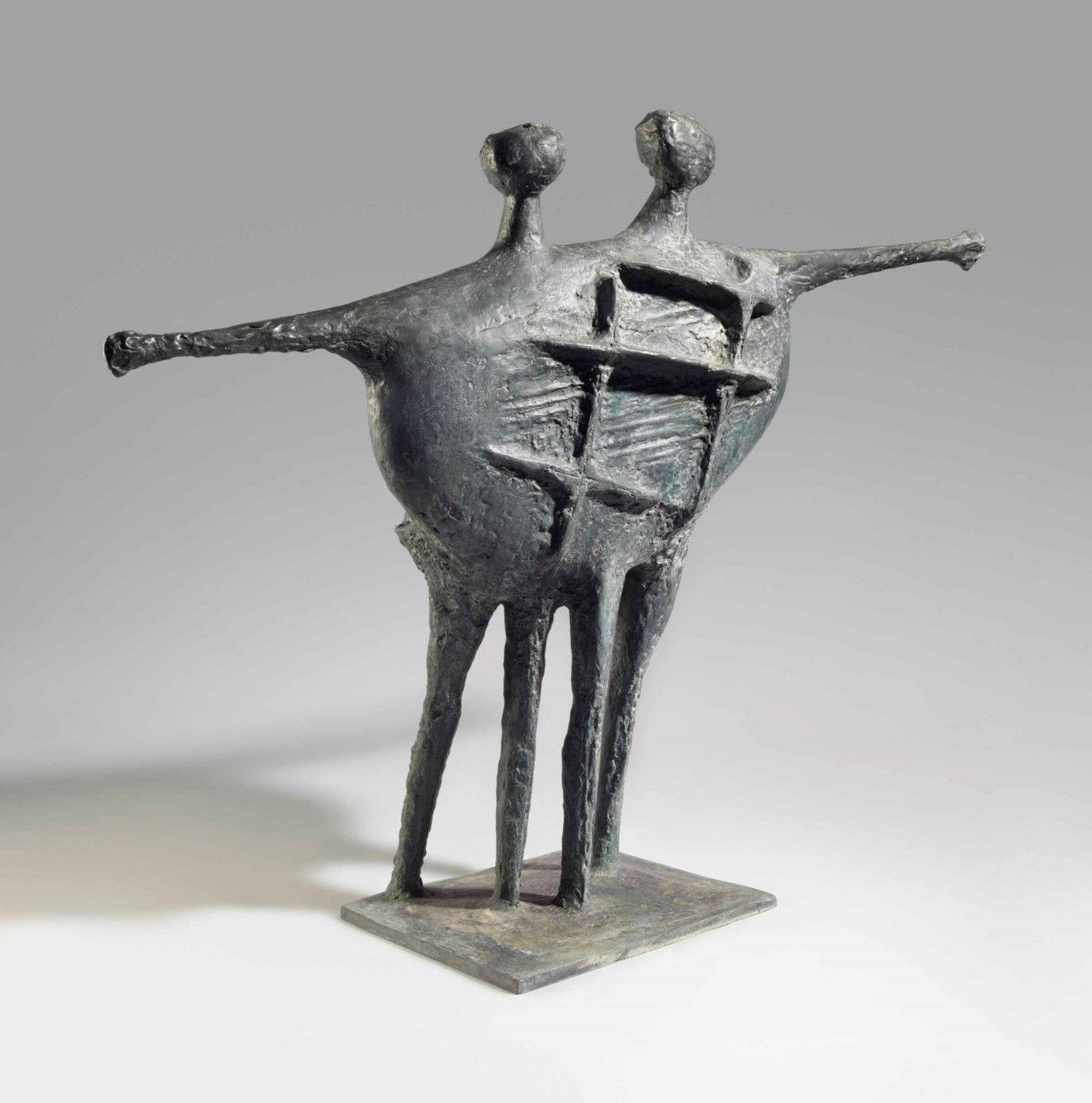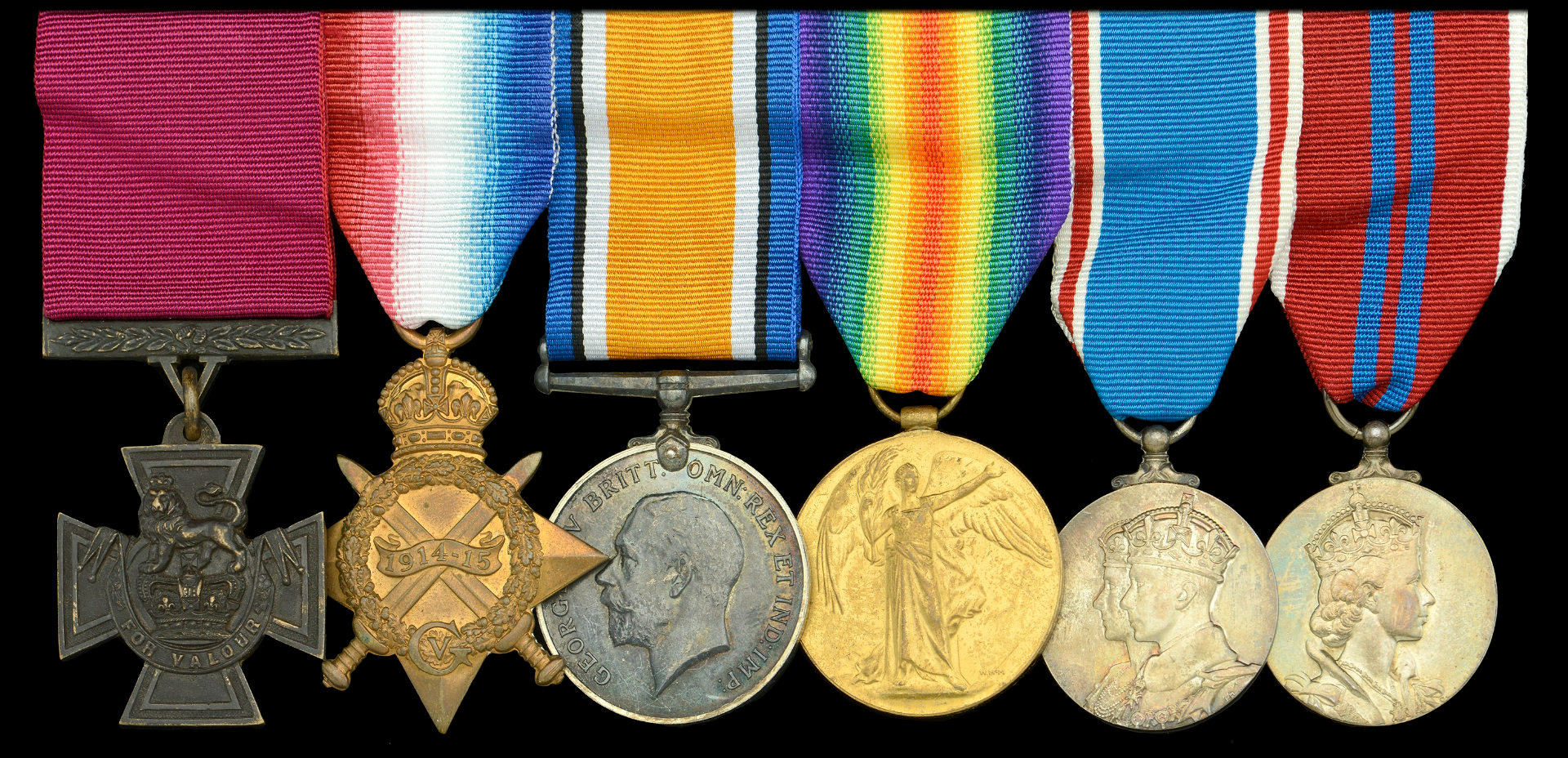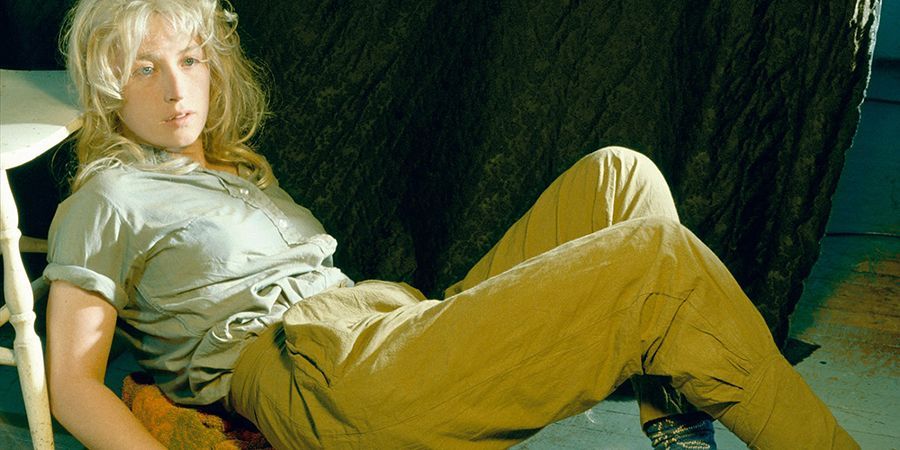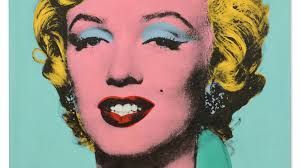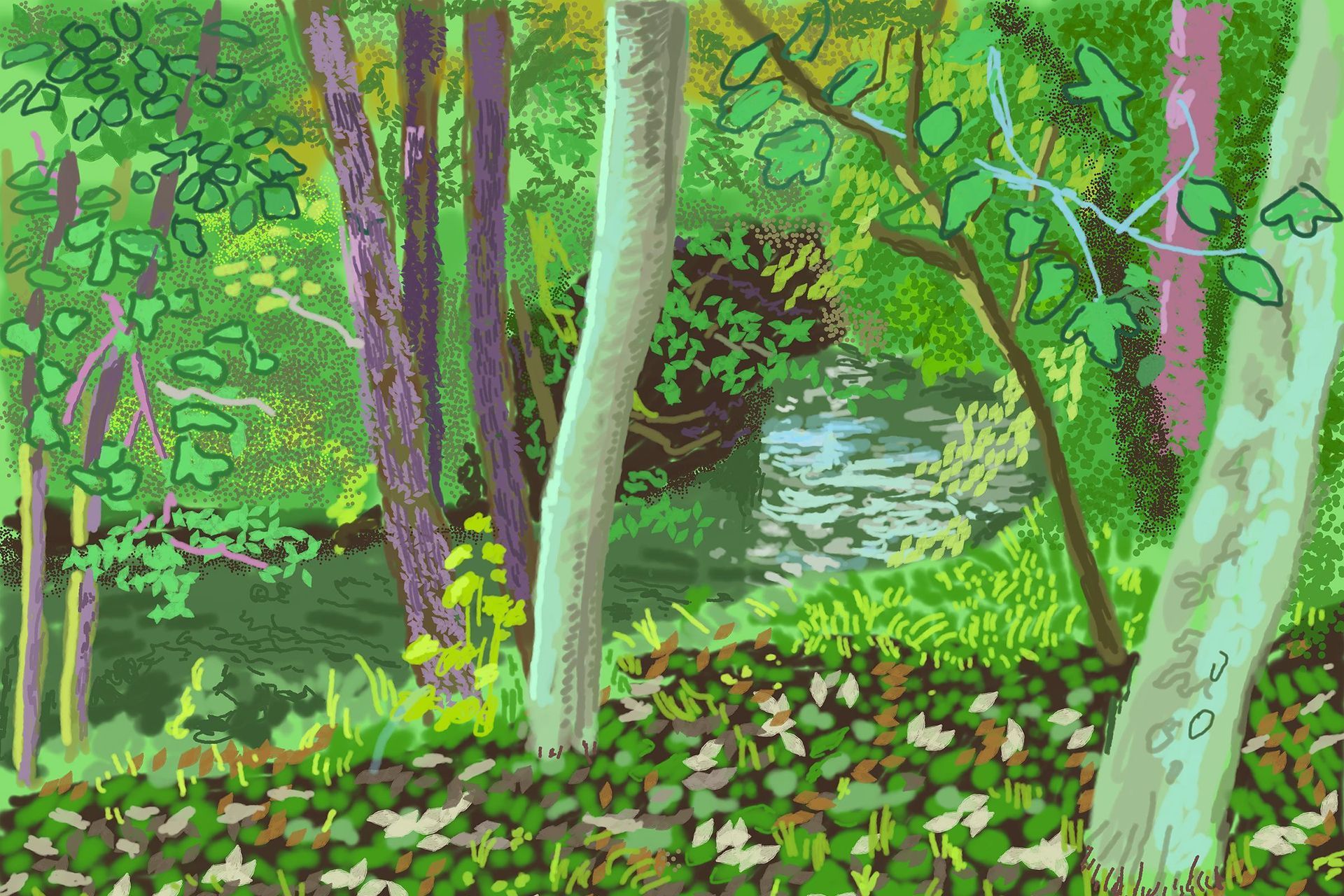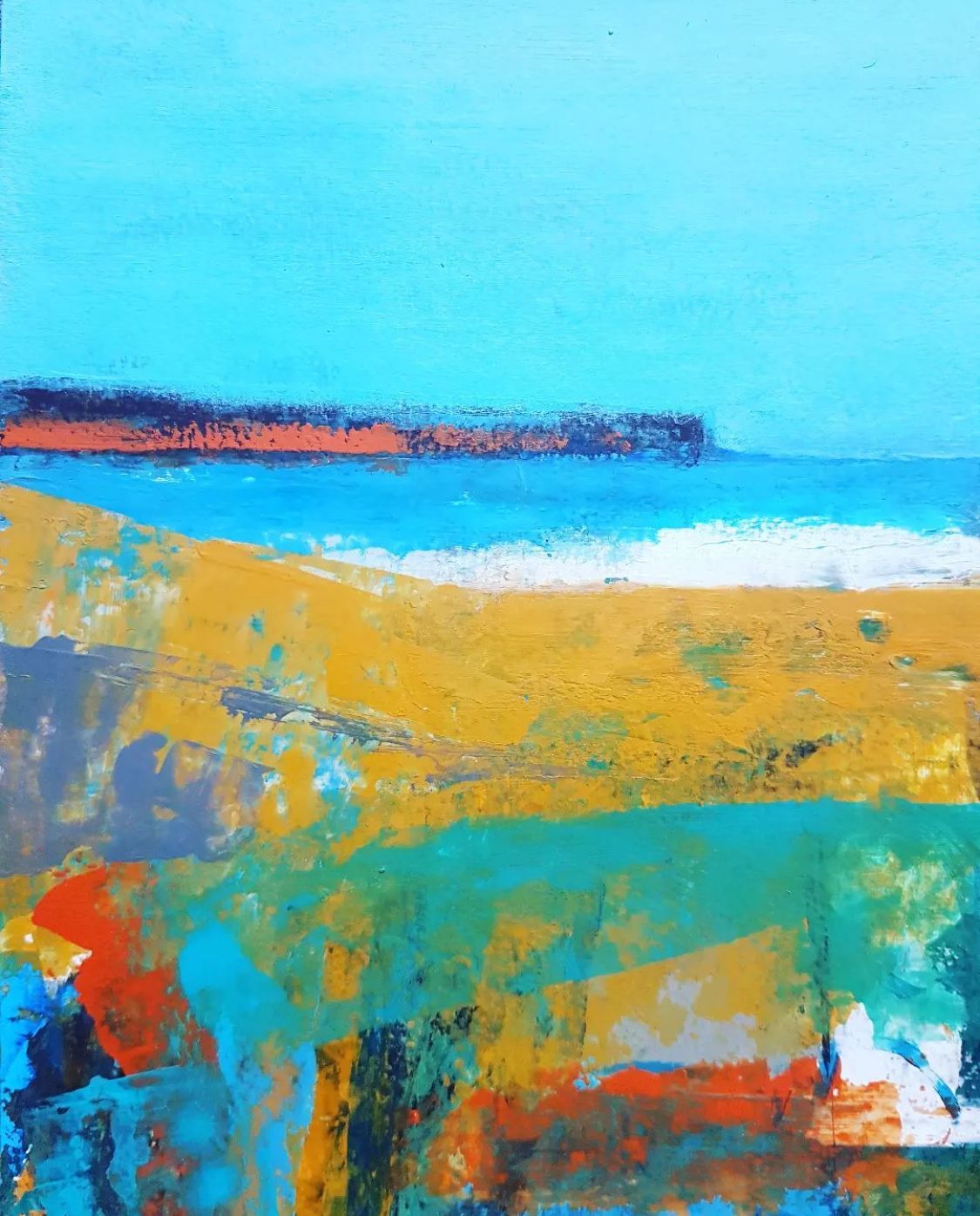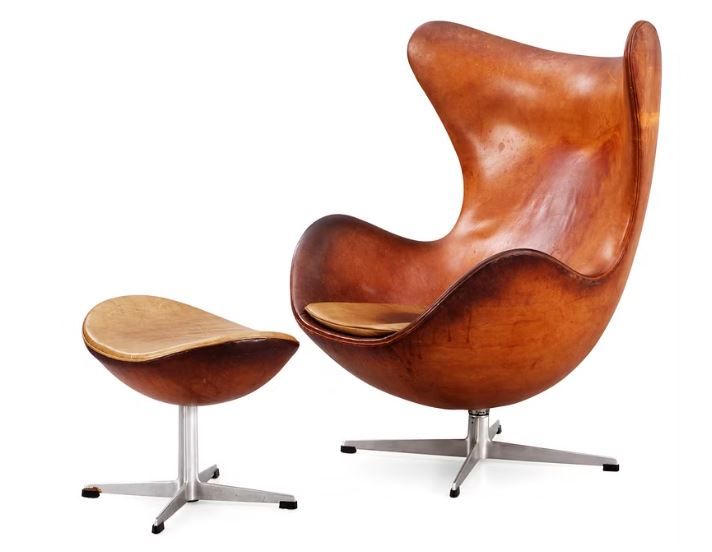Share post
Please enjoy this article on 'Preparing for a Valuation' written by Kerry Hall;
Here at Quastel Associates, we are often asked by our clients what they need to do ahead of their valuation. While we outline this in our confirmation paperwork, we thought it would be beneficial to delve into this in a bit more detail to offer insight to why we ask for certain things.
For all valuations, whether that is contents or jewellery, we always ask for any relevant paperwork to be made available. By this, we mean any documentation that will assist our valuers come to the most accurate value possible. Paperwork can offer some incredibly important information which may otherwise be missed.
When it comes to artworks for example, paperwork (such as an invoice or a receipt) might provide the work’s provenance which can affect the overall value. It may also provide a title to the work – titles are often missed or forgotten over time, especially for abstract pieces where the subject is not as evident. Knowing a work’s title allows our valuers to research relevant auction sales etc with far more accuracy. With limited edition prints, paperwork can advise the number and again, assist with applying the correct value.
Regarding jewellery and watches, paperwork becomes even more essential. We ask our clients to have boxes, receipts, and guarantees for their watches ready for our valuer to examine. Sometimes a watch’s serial number is hidden within the watch and our valuers are not going to open a watch to find this and so they rely on the paperwork to match the details. With regards to diamonds, a GIA certificate can really assist. Our valuers examine stones very meticulously but that said, they are in a domestic setting rather than a laboratory and so lighting and conditions are not as ideal, and the certificate allows them to compare their findings and reach the correct conclusions.
Invoices, receipts, and certificates aside, we also ask that if the client has had a previous valuation that our valuer has access to it. Our valuers still value items afresh of course but having the details of the items in one place can aid consistency and continuity through the years as new valuations are carried out.
Moving on from paperwork, another point we like to highlight ahead of a valuation is making our valuers aware of certain items. For example, if there are valuable items in the loft, tucked away in a cupboard or in storage in the garage, we ask that these are displayed where possible or pointed out to the valuer where not. It can be so easy to forget key items if they are out of sight. Often placing items on the dining table, such as silverware, is a nice simple solution. This also applies to jewellery and watches; if these are laid out on a surface for easy viewing, it makes for a more efficient valuation. If valuers must rummage through boxes or bags or even untangle items, it can take time and focus away from the actual valuing.

Lastly, as touched on earlier, our jewellery and watches valuers are examining stones in detail. For this they need good lighting and upright seating (i.e., a dining table) as crouching over is difficult not to mention uncomfortable for hours at a time! They also require a plug socket for their equipment and Wi-Fi access allows them to cross reference details online as they go.
Having a valuation can be a thoroughly enjoyable experience and we hope that this advice helps make for the smoothest, most professional, and fun valuation.
To book your valuation, please contact Quastel Associates on 0207 253 1710 or click here.

